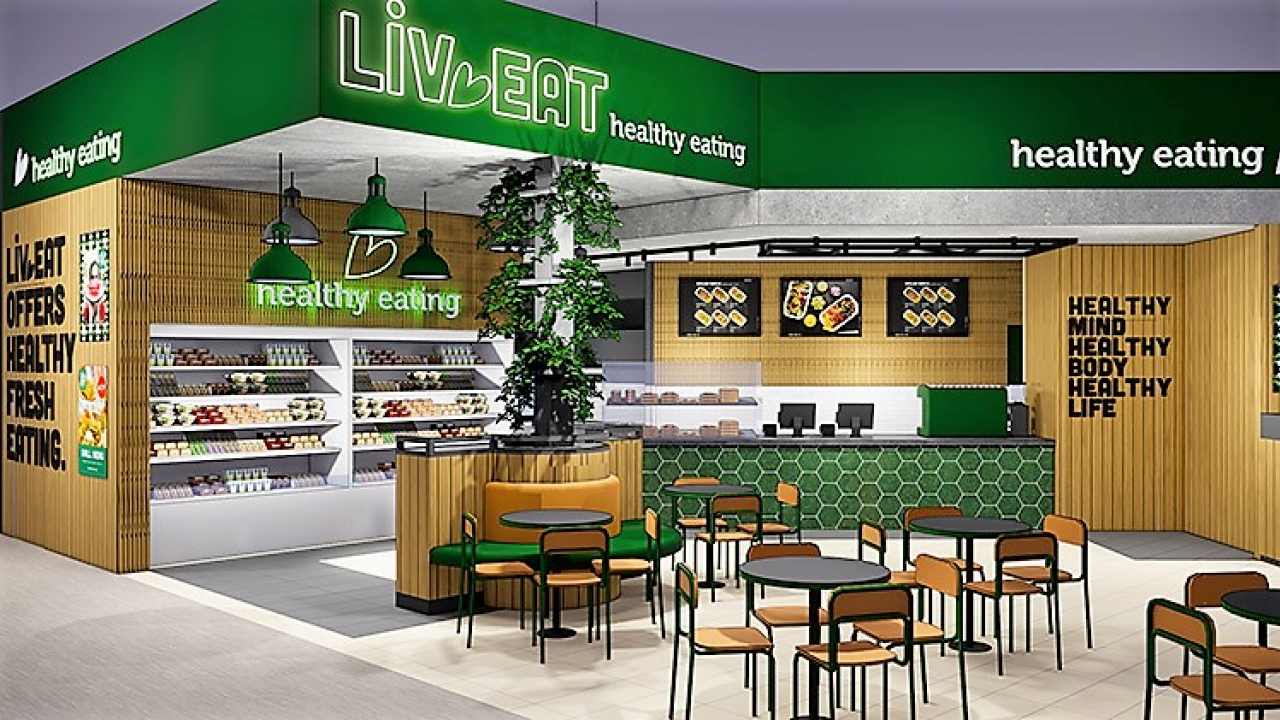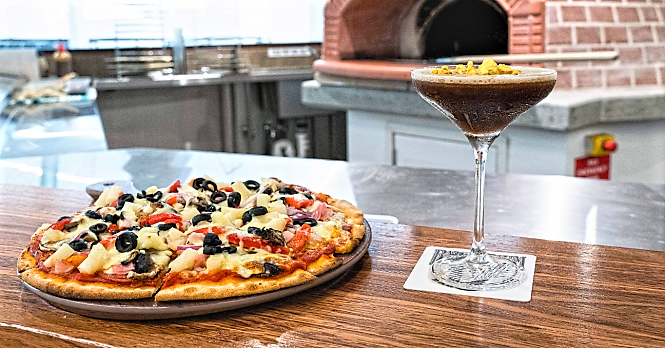COVID19 Reinforces the Rise of Airport F&B Down Under (Part 2 of 2)
Ivo Favotto
July 21, 2021

|
Following on from last week’s article of why the F&B business could be a post-pandemic opportunity for airports, The Mercurius Group looks at the two areas vital to ensuring high penetration rates and popularity: passenger segmentation and local connection. |
In our previous report on the F&B business we looked at how the segment has increased its contribution of airport retail sales and how it is setting new benchmarks in per passenger spending.
There are two vital elements that are helping to ultimately drive sales forward:
1. Segmentation
F&B typically has – by far – the highest penetration (proportion of passengers that make a purchase) of any travel retail format. While F&B lags duty-free and luxury fashion in average transaction values, it more than makes up for this in higher penetration.
In some airports, F&B penetration rates of more than 50% (one in every two passengers) are regularly achieved. While this may not be possible for all airports, our Airport Food & Beverage Study (AFABS) highlights that the key to growing F&B penetration is segmentation.
Airport have come to realise that their F&B offers must cater to as many market segments as possible and the matrix of F&B customer segments includes:
- Airline schedules/meal times (i.e. breakfast, lunch and dinner and snacking)
-
Nationality-based menus (e.g. Italian, Indian, Mexican, Chinese etc);
-
Price points (i.e. budget, mid-range and premium);
-
Passenger origin (e.g. local or visitor, nationality profile etc);
-
Customer origin (e.g. passenger, airport workers)
-
Haul length (e.g. short or long haul)
-
Locations (F&B can be sustained where reasonable passenger volumes congregate and, hence, must be provided in multiple locations).
While there are other factors driving the success of airport F&B programs, including terminal types/layouts and the prevalence of airline lounges, segmentation has nevertheless been identified as the main driver of growth in F&B penetration.
2. Localization
The localization of F&B offers has been the increasing. While national and international brands and/or concepts will always have a role to play, AFABS highlights a growing proportion of concepts in airports down under are local. Some of them may be operated by national or international F&B firms, but the growing trend is to bring High Street brands and concepts to the airport.
Localization of the F&B offer helps bring both a sense-of-place and a taste-of-place to the airport, generating longer term benefits for airports and the region they serve. While you may think that local outlets typically appeal to home-town passengers, AFABS notes that replicating local downtown dining experiences also appeals to visitors wanting one last chance to savour the region.
Cairns Airport: A Twist on Localization
In 2018, The Mercurius Group supported Cairns Airport – gateway to the world heritage listed Great Barrier Reef and Daintree Rainforest – on its F&B tender.
The Cairns region is a food-producing region for both Australia and Asia with an abundance of tropical fruits such as bananas, mangoes and avocados, and seafood (e.g. prawns, crab and lobster). However, it is somewhat remote from the rest of Australia – Cairns is more than 2,000 kilometers from Australia’s main city of Sydney. As a result, most of the national and international airport F&B operators in Australia do not source much of their produce from the Cairns region.
Cairns Airport was determined that not all F&B ingredients for airport concessions would be hauled up from ‘down south’. So, keen to connect local growers with the airport as part of its community outreach and engagement, the airport commissioned TMG to produce a database of local produce. This list was given to bidders within the tender documents.
Most importantly, Cairns Airport made the proportion of produce sourced within a 50km radius of Cairns a key selection criteria in the tender. Each bidder had a database with local contact points for producers of bread, pastry, dairy, eggs, coffee, tea, meat, fruit and wine among other things.
For the F&B concession bidders, the database was like manna from heaven. It made sourcing produce for their tender submissions much easier and, of course, more cost effective.
That’s a triple win. The airport got a food and beverage program packed with local produce; the F&B operators got a local supply chain to make their operations more appealing at reducded cost; and the Cairns region got to use the airport as a showcase for what it was capable of producing.
[Part 1 was published on July 14, 2021]

